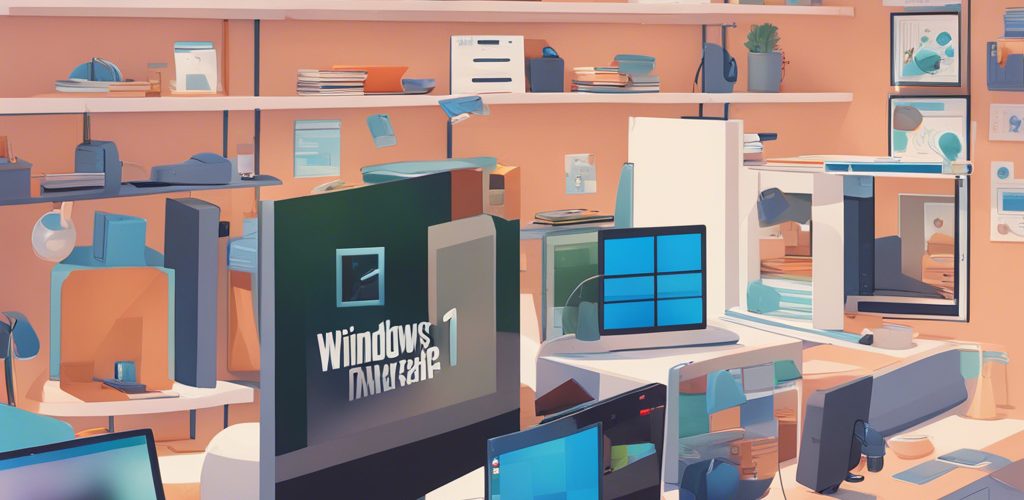Understanding the 80% Charging Limit Feature in Windows 11
As technology evolves, so do the functionalities that manufacturers provide in their devices. One of the emerging features that has caught the attention of both consumers and tech enthusiasts is the 80% charging limit. This feature, predominantly known in smartphone and tablet ecosystems, has made its way into discussions surrounding laptops, particularly those running on Windows 11. But is this feature available on all new laptops sold today?
For many users, battery longevity is an essential consideration. Laptop batteries tend to degrade over time, and charging them to full capacity can hasten this degradation. The concept behind the 80% charging limit is straightforward: by limiting the maximum charge to 80%, users can prolong the overall lifespan of their batteries. This feature has proven beneficial for devices like smartphones and tablets, which often come with built-in mechanisms to manage battery health by controlling charging limits.
As of now, Windows 11 does not have a native 80% charging limit feature that applies universally to all laptops. However, many manufacturers have started to implement their proprietary solutions. Brands such as Dell, Lenovo, and ASUS have integrated battery health management systems in their devices geared toward extending battery lifespan. These systems often offer options to limit charging to 80% but require the user to manage these settings through their specific utility programs, rather than through Windows 11 directly.
For example, Dell’s “Battery Information” utility allows users to enable a “Battery Life Extension” mode, which keeps the battery charge capped at around 80%. Similarly, Lenovo offers a “Conservation Mode” in its Vantage software, allowing users to set their preferred charge limit. While these features are not part of Windows 11 itself, they showcase how manufacturers are tackling battery longevity issues.
The 80% charging limit feature aligns well with the growing trend of eco-conscious technology. As more users become aware of the environmental impact of electronic waste, devices that promise greater longevity and sustainability are likely to be more appealing.
For consumers looking to purchase a new laptop, it is worthwhile to investigate whether the selected model includes any battery health management features. Checking the manufacturer’s website or user manuals can help elucidate the exact capabilities of their battery management systems. This due diligence not only informs users about the longevity of their laptops but also gives them control over their device’s health.
In conclusion, while Windows 11 does not natively support an 80% charging limit applicable across all laptops, many manufacturers are providing similar functions to prolong battery life. This feature is becoming increasingly important in the age of sustainability and environmental awareness. Consequently, those in the market for a new laptop should look beyond the operating system alone and explore the specific features offered by manufacturers to ensure they are equipped with technology that meets their needs for performance and longevity. As the industry continues to evolve, it is likely that broader support for battery management features will become a norm rather than an exception.





Add comment